Lyme Disease


What Is Lyme Disease?
Lyme disease is an infection that is transmitted through the bite of a tick infected with a bacterium called Borrelia burgdorferi. Ticks typically get the bacterium by biting infected animals, like deer and mice. The chance of contracting the disease increases the longer the tick is attached to the body. But most people who get tick bites do not get Lyme disease, and not all ticks are infected.
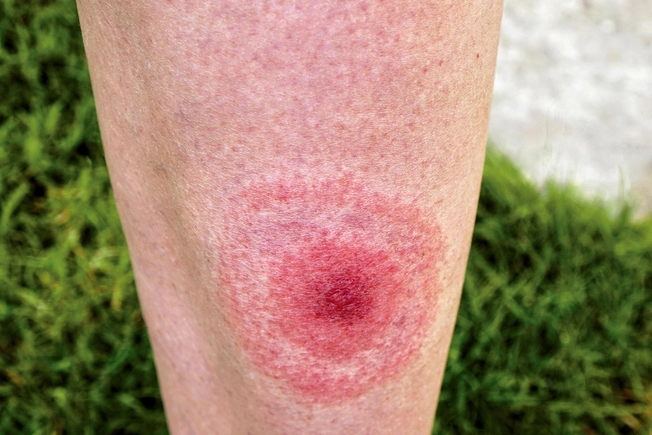
Symptoms: Early Stage
Within 1 to 4 weeks of being bitten, most people have some Lyme disease symptoms. A circular rash called erythema migrans develops at the site of the bite in about 70% to 80% of cases. It slowly grows, reaching 12 inches or more. It could also:
- Feel warm, but likely won’t itch or hurt
- Flare up elsewhere on the body
- Look like a target or bulls-eye as it clears up
It may look different from person to person, especially if you have darker skin.

Other Early-Stage Symptoms
Some people also report flu-like symptoms at this stage, including:
- Fever
- Chills
- Headache
- Fatigue
- Swollen lymph nodes
- Joint pain
- Muscle aches

Symptoms: As the Infection Spreads
If the disease goes untreated in its early stages, over several weeks or months it can spread to other areas of the body like your:
- Joints
- Heart
- Nervous system
You could also have more rashes and periods of pain and weakness in your arms or legs. Other symptoms include:
- Facial muscle paralysis (Bell's palsy)
- Headache
- Poor memory
- Fast heartbeat
- Shortness of breath
- Dizziness
- Inflamed brain and spinal cord

Symptoms: Late-Stage Disease
This is the most serious stage of the disease, when treatment either didn’t work or never started. It usually happens many months after the first bite. Symptoms include:
- Inflamed joints, usually in the knees (arthritis)
- Nerve damage (peripheral nerves)
- Confusion
- Inflamed heart muscle and abnormal heartbeat (less common)
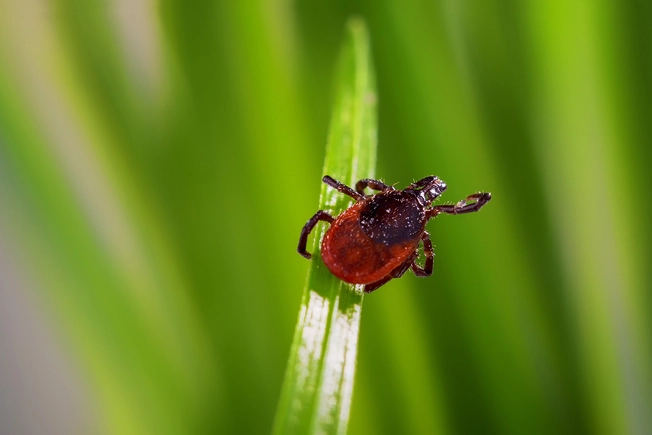
Do All Ticks Transmit Lyme Disease?
No. In the northeastern and north-central U.S., the black-legged tick (or deer tick) carries Lyme disease. In the Pacific coastal U.S., the western black-legged tick spreads the disease.
Other major tick species in the U.S., like the lone star tick and the dog tick, do NOT transmit the Lyme disease bacterium. But beware: All 50 states have reported Lyme disease, as well as Canada, Europe, Asia, Australia, and South America.

How Lyme Disease is NOT Spread
You can't catch Lyme disease from:
- An infected person
- Pets (unless an infected tick falls off the animal and then bites you)
- Insects like mosquitoes, flies, or fleas, although these insects can carry the borrelia bacteria
- Air, food, or water
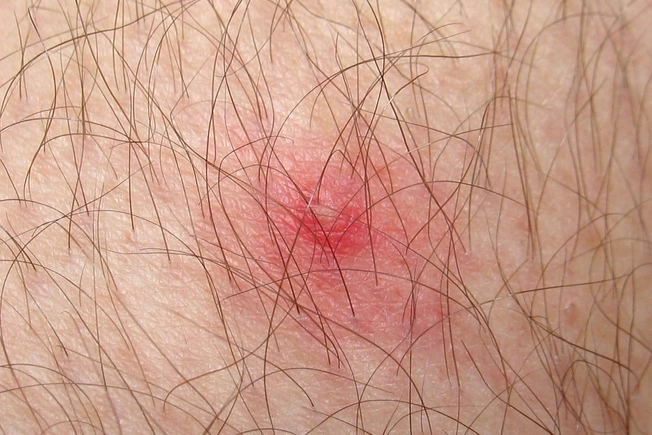
What’s NOT Lyme Disease
If a tick bites you, right away you’ll probably notice a small, red bump that looks like a mosquito bite. If it disappears after a couple of days, it’s not Lyme disease.
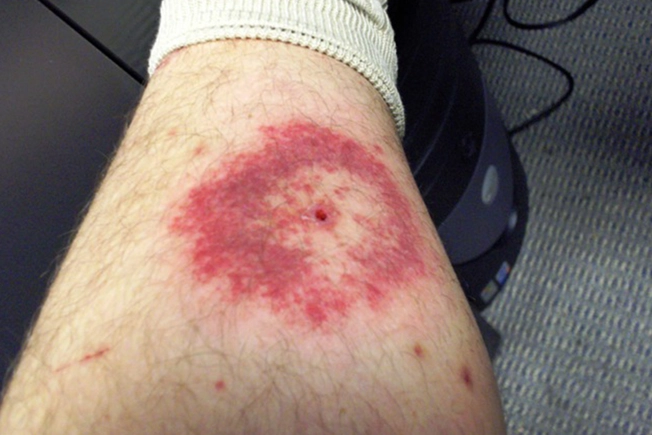
Lyme Disease-Like Illness
There’s another tick-borne illness that looks a lot like Lyme disease. Southern tick-associated rash illness (STARI) has some of the same symptoms of Lyme disease, like fatigue, headache, fever, and muscle pain. But symptoms tend to happen more quickly. You’ll likely just have one outbreak on your skin, and it’ll be smaller and rounder than with Lyme disease. You’ll also likely get better with antibiotics sooner.

Diagnosing Lyme Disease
Doctors can diagnose the disease through physical findings such as a "bull's-eye" rash along with a history of symptoms. But not everyone has the rash, and not everyone can recall being bitten. Special blood tests can be taken 3 to 4 weeks after suspected contact to confirm the diagnosis. Other tests, such as a spinal tap or skin biopsy, may be done to help diagnose or rule out other conditions.

Treating Lyme Disease
Most Lyme disease is curable with antibiotics, particularly when the infection is diagnosed and treated early. Later stages might require longer-term, intravenous antibiotics.

Is There a Lyme Disease Vaccine?
Currently, there is no human vaccine for Lyme disease. A vaccine was developed years ago for use in high-risk areas, but it is no longer available.

Preventing Lyme Disease
To avoid Lyme disease:
- Stay clear of grassy or wooded areas, especially from May to July.
- Cover exposed skin and your scalp in possible tick-infested areas.
- Apply a DEET-based insect repellent to your skin.
- Apply an insect repellent with permethrin to your clothes, but never on your skin.
- After spending time outside, carefully inspect yourself and pets for ticks.
- Wash your skin and scalp to get rid of any loosely attached ticks.
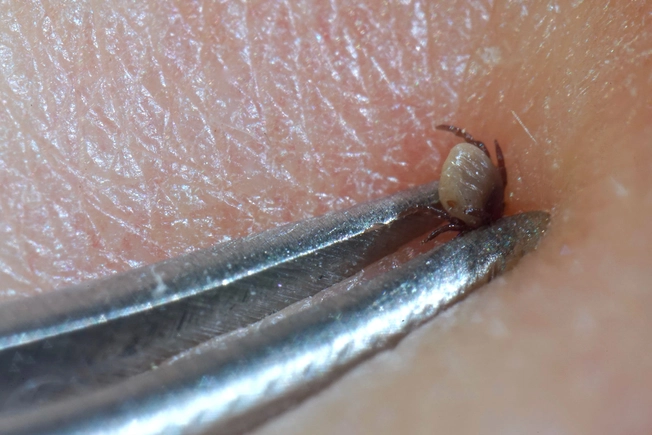
How to Remove a Tick
If you have a tick, here’s how to remove it the right way:
- Use fine-tipped tweezers to grasp the part of the tick closest to your skin. Focus on the head, not the belly.
- Slowly pull the tick straight out, without twisting it.
- Wash the bite site with soap and warm water.
- Throw the dead tick into the trash.
- Do not use a lit match, nail polish, petroleum jelly, or other topical agents in an attempt to remove a tick.